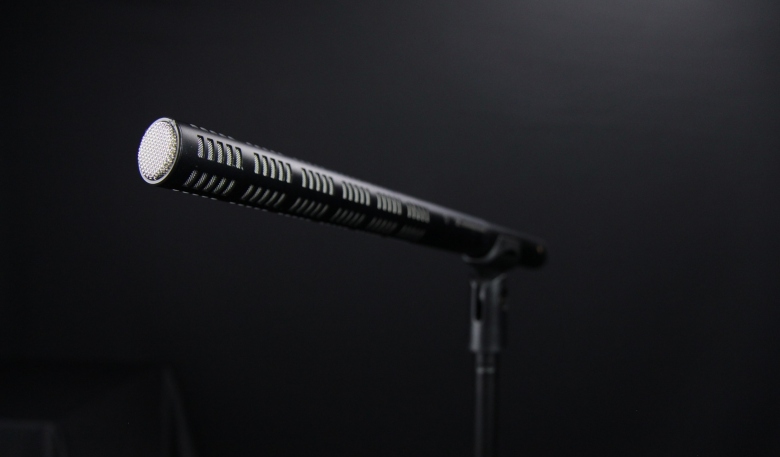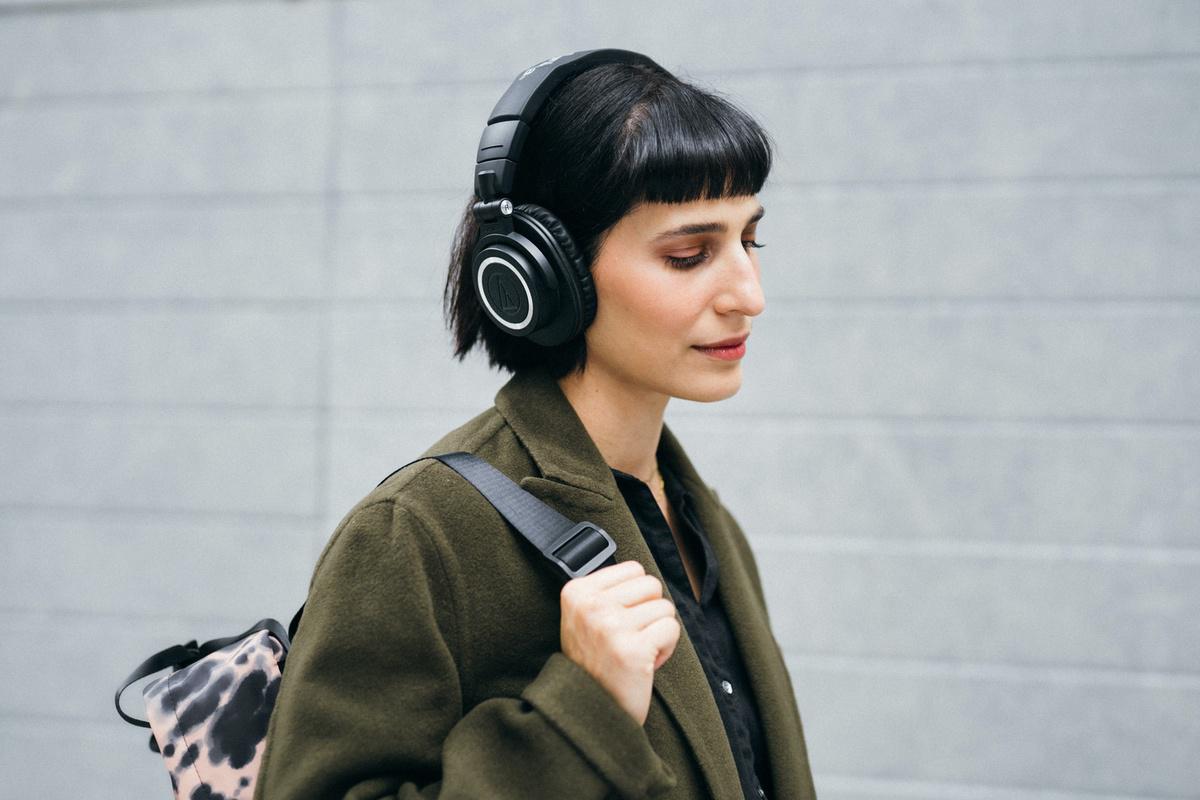
Audio-Technica, Sennheiser,
by September 4, 2022Latifah Muhammad
Nov 11, 2021 5:15 pm
Pixabay
If you purchase an independently reviewed product or service through a link on our website, Indiewire may receive an affiliate commission.
Shotgun microphones are a convenient way to get quality sound without being too close to the audio source. These directional microphones are designed to capture recordings from long distances, but they’re not just for making movies. Shotgun microphones can be used for broadcasting, vlogging, podcasting, and other content creation that requires unidirectional sound capture.
Whether you’re new to the world of shotgun microphones or consider yourself a pro, we’re here to help make the shopping process a little easier for you. Featured below are a handful of the best shotgun microphones on the market, for a budget-friendly price. Find options from Audio Technica, Sennheiser, Rode, and other brands, along with customer reviews that will give you a better idea of how well each product works. For more filmmaking gear, check out our list of must-have camera accessories and best cameras for any budget.

Popular on IndieWire
Designed for video productions and broadcasts, the AT875R is Audio-Technica’s shortest shotgun condenser microphone. The mountable, hi-performance microphone is ideal for compact, digital cameras and offers a narrow acceptance angle and gradient design. The mic features smooth, natural-sounding on-axis audio quality, with exceptional off-axis rejection of unwanted sounds. The AT875R shotgun microphone is currently 30 percent off on Amazon.
Writes user Andre, “This is my first ‘true’ shotgun microphone. For those of you that may be wondering if there is really a difference between this mic and some of the less expensive alternatives (Vidpro, Boya, Neewer), there is a DRAMATIC difference. This is not to say that you cannot shoot good video/decent audio with the less expensive alternatives — you can. For me — I discovered that my interviews and talking head videos did not have that rich vocal sound, and I had to do a lot of post processing to remove hiss [and] noise. This mic SOLVED that. This is the mic for frugal filmmakers [and] videographers who were stuck in the world of sub $100 microphones, and are looking to level up. Caution — this mic is NOT an alternative to the infamous Sennheiser MKH 416 although many people are attempted to compare — the 416 is in a class all by itself.”
This broadcast-grade Rode VideoMic NTG delivers quality, uncolored sound with unmatched transparency. The Rode VideoMic NTG (measuring 10” x 4” x 3” ) is extremely versatile, and can be used with a DSLR or small camcorder, or smart phone. It has a frequency range of 20Hz-20kHz, an auto-sensing 3.5mm output that interacts seamlessly with cameras and mobile devices, and a battery life of over 30 hours. Add that to the incredibly flat frequency response, highly directional super cardioid polar pattern, and very low self-noise, and there’s a reason why this compact, on-camera microphone can contend with the world’s best options.
Writes user Basil Mahmud, “Perfect shotgun mic, great podcast mic via USB C, and very good boom mic when paired with the Rode Wireless Go system. The sound is fantastic, very good options. Battery lasts long enough to not worry about it. Good on mic options to control the sound. Awesome value for the price. Everyone needs this mic. Pairing it with the Wireless Go system is another underrated option.”

Unlike most shotgun microphones, the Sennheiser’s MKE 600 uses phantom-power and battery power. With focused directional characteristics and resistance to structure-borne noise, this microphone can be used for all kinds of productions (documentaries, indie film, web series, TV shows, etc). The 10″ mic has a natural roll-off at 40Hz, a selectable low-cut filter at 100Hz, and uses an interference tube and a supercardioid/lobar polar pattern to provide pronounced, on-axis directivity with significant sound reduction entering the sides and rear of the device, making the MKE 600 more effective than the standard, omnidirectional mics found on cameras.
Writes user Andrew, “Great tonal quality in a short and lite package. Best I’ve used in the under [the $400] range. At home on cinema cameras, SLRs and booms. Also easy to carry around with a Zoom or SD field recorder to gather sounds. Pick up a fuzzy windscreen and balanced XLR cable and you can handle almost any situation. You really need to spend a grand to get anything appreciably better, though sound is still very close. You’re largely paying for more durability, flexibility and noise rejection with those higher end Sennheisers.”
Whether you’re in the studio or shooting on location, count on the Senal MC24-ES to deliver broadcast-quality sound at an affordable price. The phantom-powered MC24-ES has a broadcast frequency response of 40Hz-20kHz, and a high-pass filter at 18 Hz, which further minimizes unwanted noises. This 7.1” mic can be mounted on a camera, mic stand, or boom pole. The device includes a foam windscreen, mic clip, and a 5/8” to 3/8” adapter.
Writes user Miguel, “Very good value for money. [Compared] to my Sennheiser ME66, which is longer, a tiny bit heavier and more expensive, the Senal has almost the same sound quality, a tiny bit thinner, than the Sennheiser, but still very good sound quality. Especially in noisy environments, in an A/B test, the Senal was MUCH better in canceling out noises from the side and back of the capsule. Ending up in superior final sound quality in noisy environments, or echo-ey rooms. Given that the Senal is much shorter this was a very nice surprise. For quiet outdoor and also dry studio work the Sennheiser seems to have a bit superior sound quality (more warm and softer high end). The S/N ratio of the Senal is not very far behind the Sennheiser. [Five] stars especially for the price and the extreme capability to cancel out noise from the side and the back. All in a small and light form factor.”
The Comica CVM-VM20 is the cheapest option on the list, but it doesn’t skimp on quality. The microphone features a 75/150Hz frequency response, two low cut filter modes to effectively filter out the low-frequency noise for a more perfect, pure sound quality. The video microphone (measuring 5.51” x 3.94” x 9.45”) comes equipped with a USB-C rechargeable built-in lithium battery, and has an OLED screen for battery display and real-time power monitoring. By adjusting freely according to your shooting needs, the CVM-VM20 conveniently and effectively ensures smooth and stable use. Besides the microphone, the set featured above includes a wind muff, portable case, windscreen, shock mount, USB C to USB charging cable, 3.5mm audio jack, and user’s manual. It also comes with a TRS to TRS output cable, and TRS to TRRS output cable, to connect the microphone to different devices such as cameras, and iPhones.
Writes user Ryno Bones, “Default straight out of the box settings are good enough that I might replace my podcast mic for my video making. I am shocked at how good it sounds compared to pretty much every other shotgun mic I’ve tried in this price range. Turns out having a battery and a low-pass filter make a huge difference. This is about ten steps above the mics powered only by the 3.5MM TRS/TRRS jack.”
Sign Up: Stay on top of the latest breaking film and TV news! Sign up for our Email Newsletters here.
This Article is related to: Shop and tagged Filmmaking, Tech
Listen to these IndieWire podcasts.
Interviews with leading film and TV creators about their process and craft.


